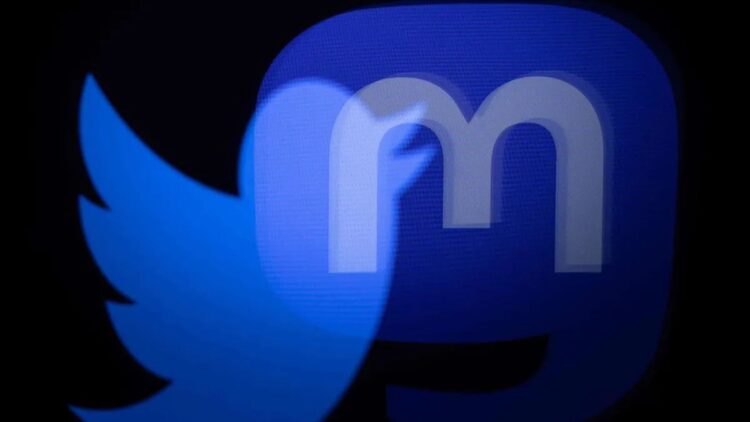Table of Contents
Mastodon vs Twitter comparison is now here! Why are Twitter users switching to Mastodon? First and foremost, Elon Musk is not in attendance! Following Elon Musk’s purchase of Twitter, many users began to look for alternatives. Is this the only possible explanation? Clearly not. Continue reading to find out how Mastodon differs from Twitter.
Mastodon vs Twitter: How does it compare?
Since Elon Musk took over Twitter, the Mastodon social media network has risen tremendously, but it remains a small community with a difficult-to-use architecture and limited resources. However, for users who are tired of Twitter’s inconsistency, these flaws may be benefits rather than negatives. Let’s go a bit further. It is vital that groups, rather than a censorship-wielding central authority, determine the rules.

Mastodon may be useful to specialists as well. Mastodon is the place to be if you’re interested in a specific topic, such as birdwatching or extinct species. Users may develop their own social networks with this free, open-source software. Remember that it is plural because there are several social networks, unlike Twitter. Are you new to Mastodon lingo? Let’s brush up on our Mastodon knowledge.
What is Mastodon, and why are people leaving Twitter for it?
At first glance, Mastodon looks to be a duplicate copy of Twitter. Many of the microblogging social networking site’s functions are comparable to those of Twitter, such as the ability to mention other accounts, publish information that is only available to followers, and post content that is public to everyone. It also allows for the delivery of surveys, movies, and other types of multimedia content.
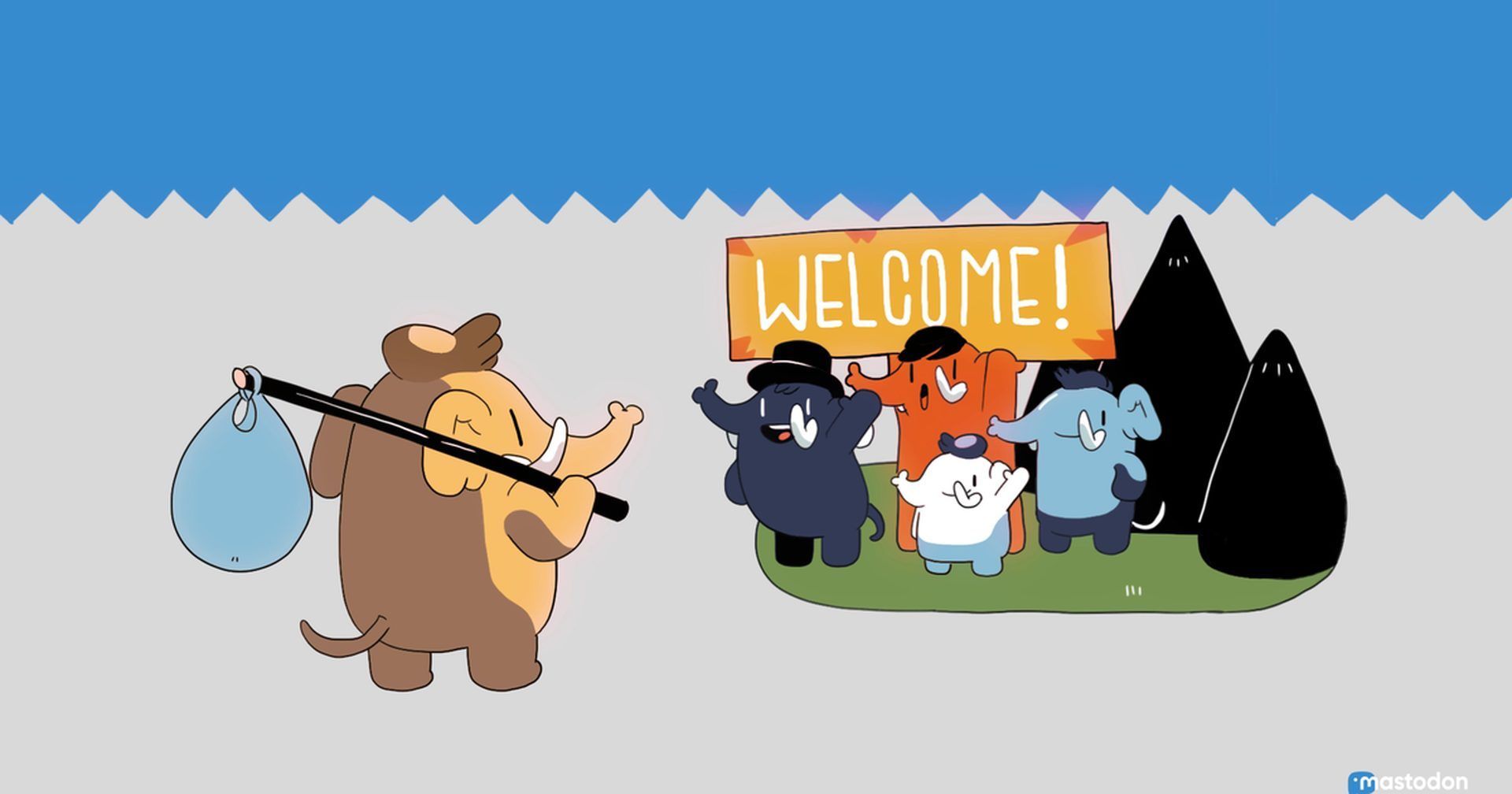
The platform, however, varies dramatically from Twitter in one crucial way: it is a decentralized network, providing organizations far greater ability to build their own small corners of the internet and manage them however they see appropriate. This brings the question to people’s minds who would come out on top in Mastodon vs Twitter.
How to use Mastodon?
- Get the app or use the website
- Choose a server
- Find people
- Set up your profile
- Post
How many users does a Mastodon have?
How do user numbers compare in Mastodon vs Twitter? There are significant differences in the user bases of the two systems. Mastodon has 5.6 million users, but Twitter has 238 million. This phrase contains a spoiler. In terms of user engagement and general “what’s trending?” platforms, Twitter will continue to rule supreme. Mastodon, on the other hand, has emerged as Twitter’s major competitor. So, what makes Mastodon different from Twitter?
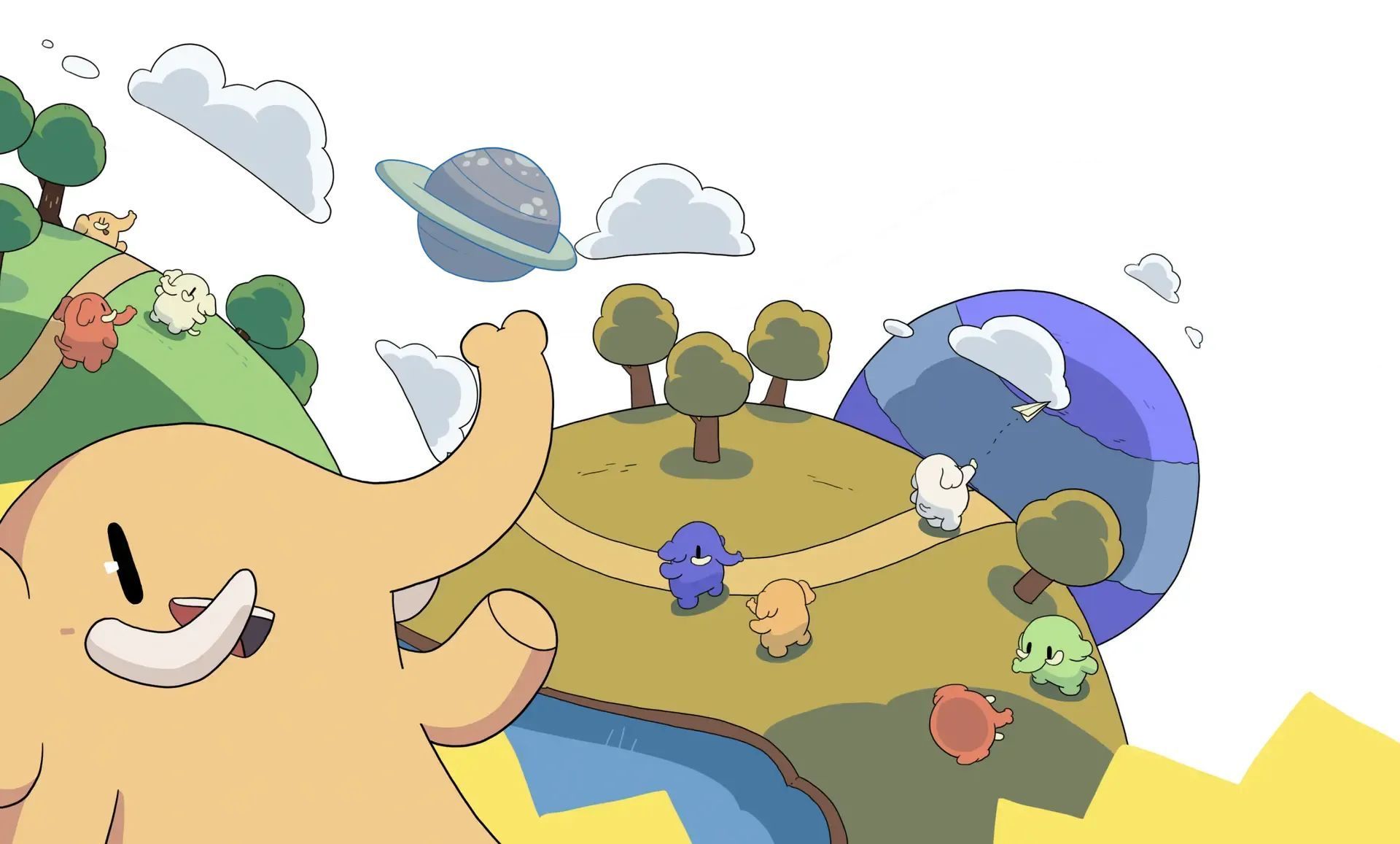
Mastodon vs Twitter: Is Mastodon like Twitter?
The decentralized nature of Mastodon is the starting point for the Mastodon vs Twitter comparison. To put it another way, anyone may construct and host their own social network. This is the primary reason for its popularity. Mastodon also has the following characteristics:
- Decentralized
- Retweets to boosts
- Instances (Servers)
- Mastodon isn’t profit motivated
- Community
- Hard to use because of more options available
- Favorite vs like
- Open-source
- Fediverse (Federated)
- Limited to 500 characters
- Toot instead of a tweet
- Moderation
Decentralized
Mastodon supporters claim that its decentralized strategy sets it apart. Users can send emails using Gmail, an employer-provided account, or their own e-mail server instead of Twitter’s centralized service. No group or individual has the ability to take over or halt the entire system.
Retweets to boosts
Mastodon employs “boosts” instead of retweets. Boosts are essentially identical to retweets, with the exception of the inability to attach your own message.
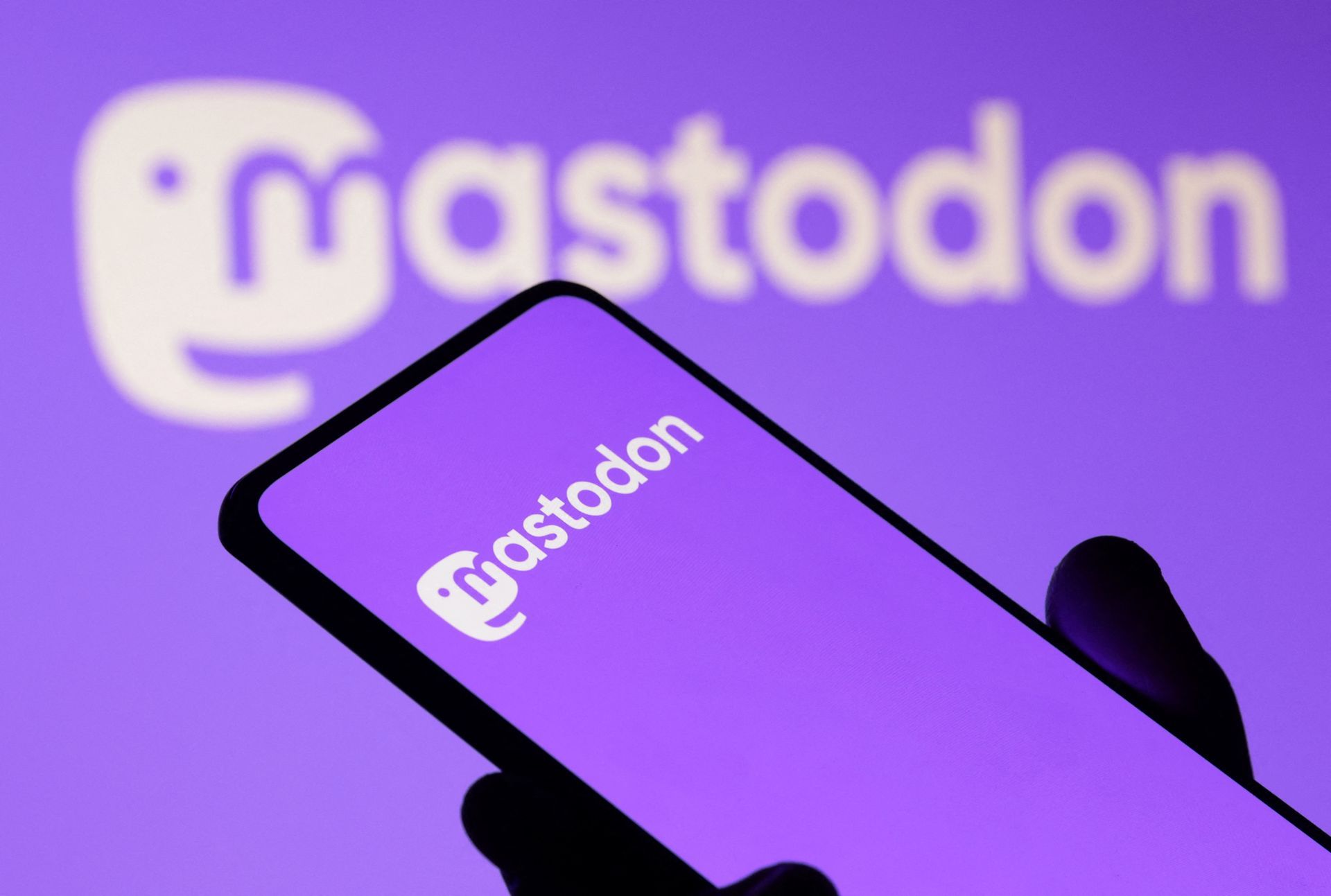
Instances (Servers)
You do not become a member of Mastodon when you join it. Instead, you sign up for a specific server (referred to as an “instance”). Despite slight changes in their descriptions, each instance includes criteria that clearly define what is and is not a suitable activity.
Mastodon isn’t profit motivated
Twitter is a company that makes money via advertising. They need you to stay on Twitter as long as possible in order to maximize ad revenue, therefore they must make their content as engaging as possible. Mastodon has never been motivated by financial gain. Mastodon is a modest open-source project that is mostly supported through Patreon. Mastodon does not want to be centralized. As a result, it can afford to stay small.
Community
Mastodon has a sizable and quickly expanding user base, but if we are comparing user numbers in Mastodon vs Twitter, the blue bird comes out on top.
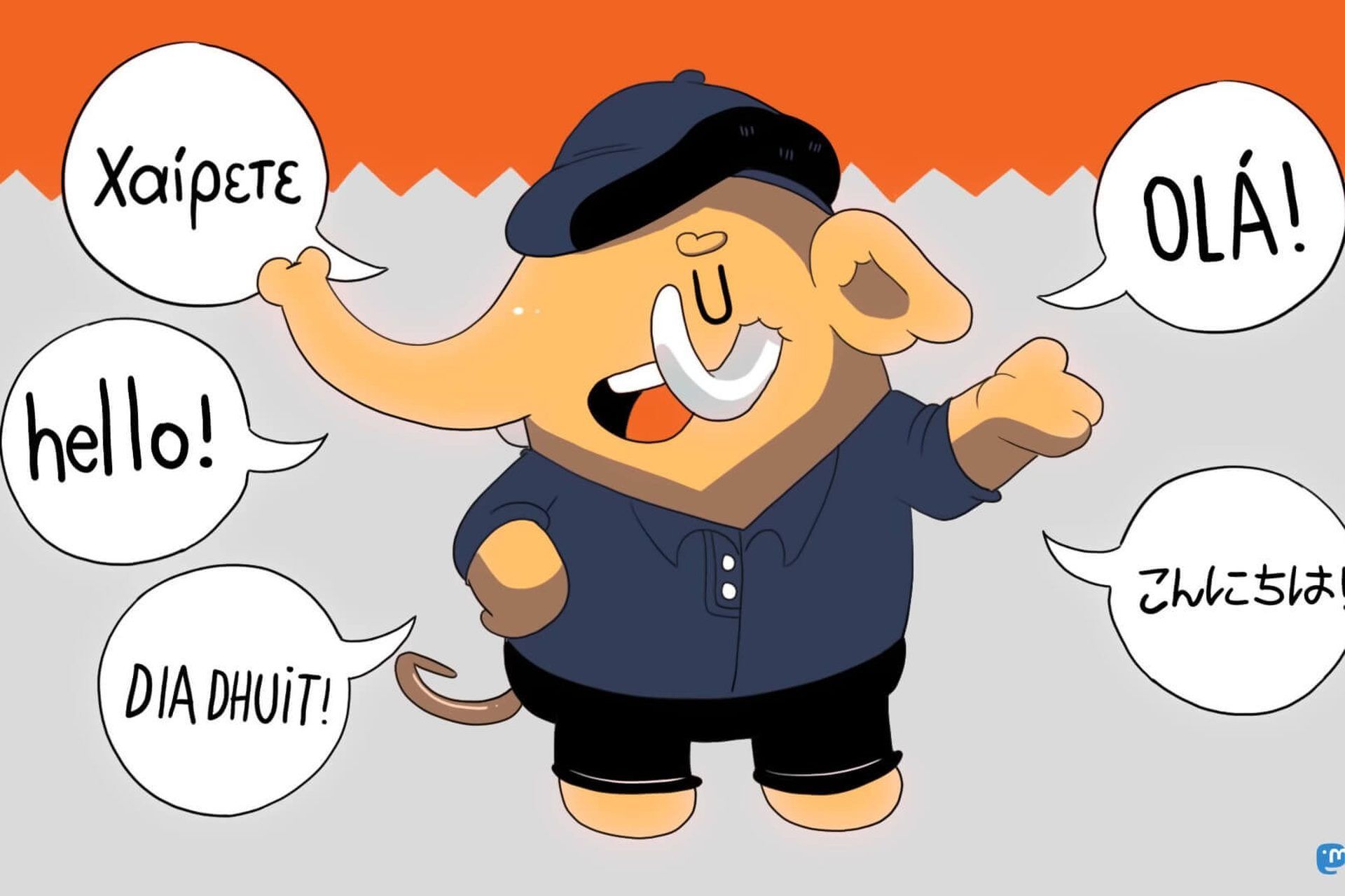
Hard to use because of more options available
Nothing is perfect. Because there are more possibilities than on Twitter or other centralized social networks, understanding the fediverse structure is tough at first. Mastodon’s wide anarchy makes finding individuals to follow harder than the orderly town squares given by centrally administered Twitter or Facebook.
Favorite vs like
The user interface of Mastodon is similar to that of Twitter. You may, however, “favorite” a post on Mastodon rather than “like” it by clicking the star symbol next to its content.
Open-source
Mastodon is open-source, which is great if you want to operate your own instance or contribute to its development. Its source code is accessible as a Git repository and is released under the terms of the GNU General Public License version 3. The software features a social network server that communicates with other servers all around the world through the ActivityPub protocol. Mastodon is free to download, modify, and install on any server; the platform’s creators do not hold any intellectual property. According to a Mastodon review, Mastodon’s open-source philosophy is a fantastic example to replicate.
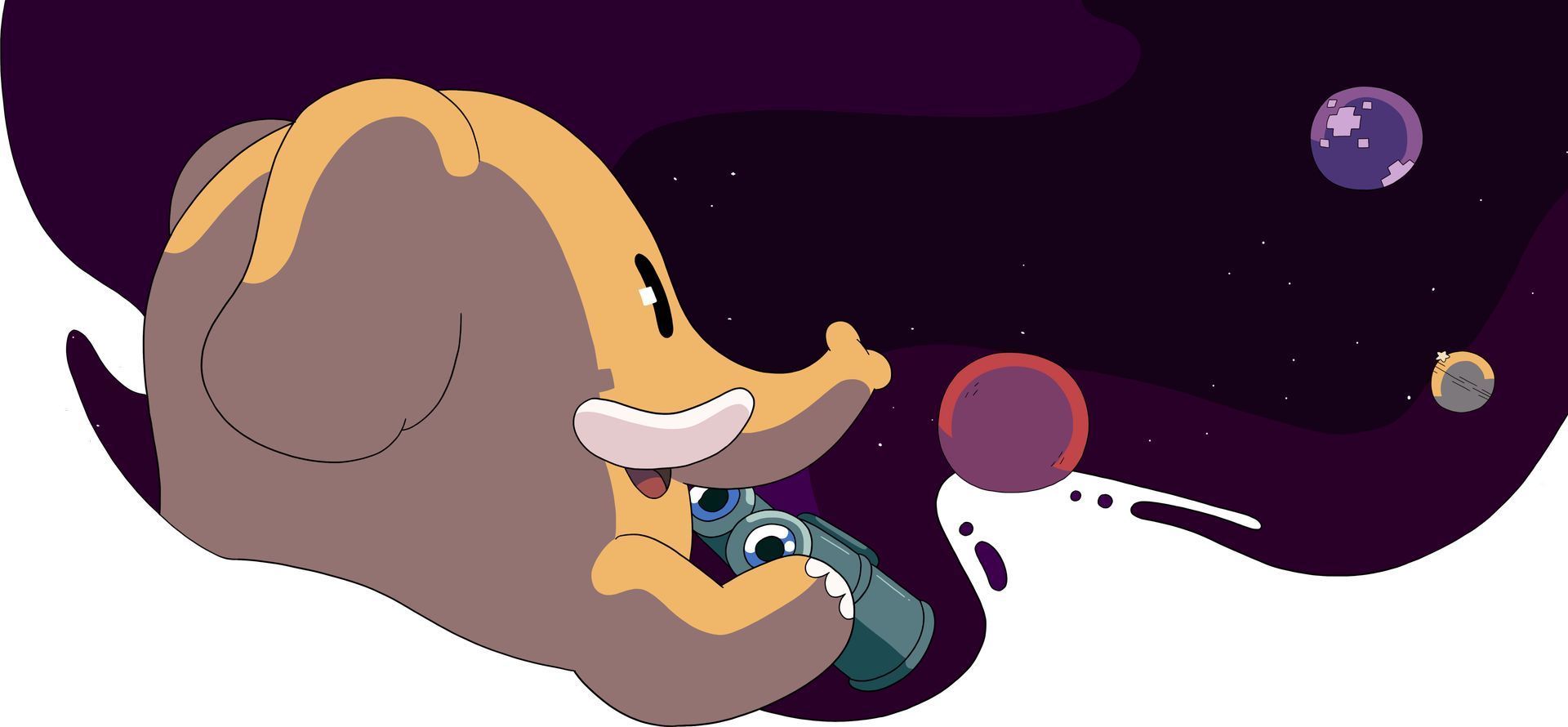
Fediverse (Federated)
Mastodon is a network of websites that connect with one another all around the world. Mastodon and related ActivityPub sites, unlike other social networks, are owned by anybody who maintains a server; this federated network is known as the “fediverse.”
Limited to 500 characters
Mastodon submissions can include text, images, and videos, but are limited to 500 characters rather than 280.
Toot instead of a tweet
Mastodon users’ posts are referred to as toots rather than tweets.
Moderation
Because each server administrator sets their own rules, you should read the moderation policy for the server you intend to use to verify it aligns with your views.
Mastodon vs Twitter: Mobile apps
In Mastodon vs Twitter, both are cross-platform platforms that offer web applications that work in any browser as well as iPhone and Android apps. A Home tab displays the accounts listed below, a Search tab displays trending news, hashtags, and posts, and a Notifications page. The website displays notifications for answers, likes, follows, and other noteworthy events.
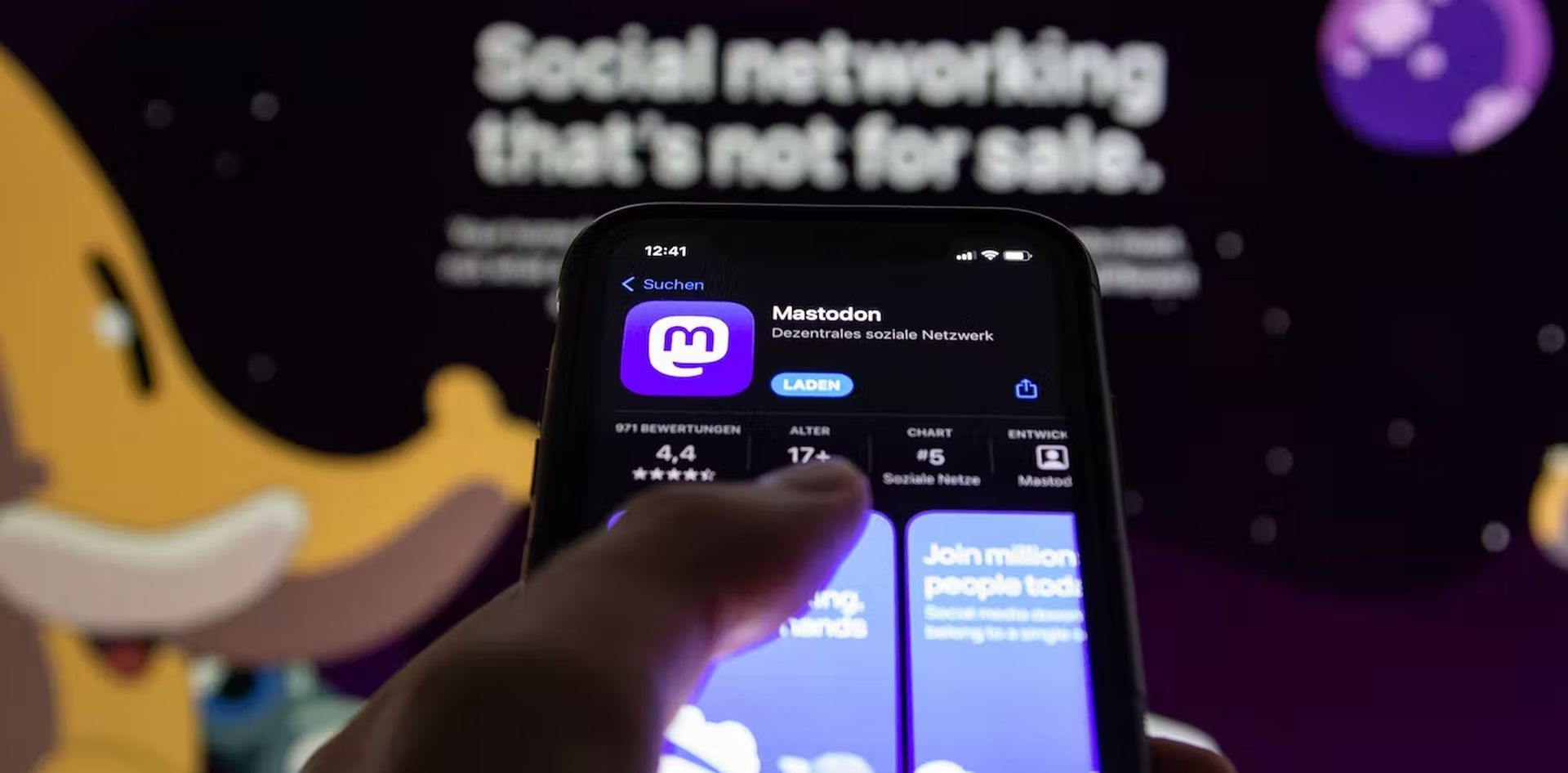
The user profile includes the user’s posts, responses, media, and adjustable About section, as well as the user’s name and cover photo. When using the software, everyone who utilizes Twitter will feel at ease.
Mastodon servers
There is no single “great” server that manages them all. However, you may double-check them:
- mastodon.online (General)
- mas.to (General)
- mstdn.social (General)
There is no single person to complain to if you are having issues with Mastodon social media. If you were to go to the admins of your server and say, “Hey, I’m being harassed by a lot of trolls,” they will most likely help you out as there is a strict no-bullying policy. but if you are wondering the man to the top, Mastodon was established by one person and he is who is now in charge. His name is Eugen Rochko, and he is the primary developer and person behind Mastodon.
Who is Eugen Rochko?
Eugen Rochko is best known as the founder of Mastodon, a decentralized federated social network platform with “strict anti-abuse and anti-discrimination regulations.”
Is Mastodon better than Twitter?
It is determined by the choices made by the user. Mastodon, on the other hand, is worth investigating. Even if leaving Twitter is unappealing, it’s simple to keep the app on the phone and check in on occasion to see what’s new and fascinating in the unconventional approach to social networking.
How to join Mastodon?
Clicking the “new account” button on the Mastodon website will take you to a screen with a list of servers to select from. These may be filtered in a number of ways, including region, language, subject, sign-up speed, and other variables. Find a server that interests you and join it; you may have to wait a few seconds if authorization is required. You may then start looking for others to follow, regardless of whether they’re on the same server as you.
If you enjoyed this article, we suggest that you take a look at some of our other articles, such as best Mastodon servers for every topic, or can Mastodon replace Twitter.

